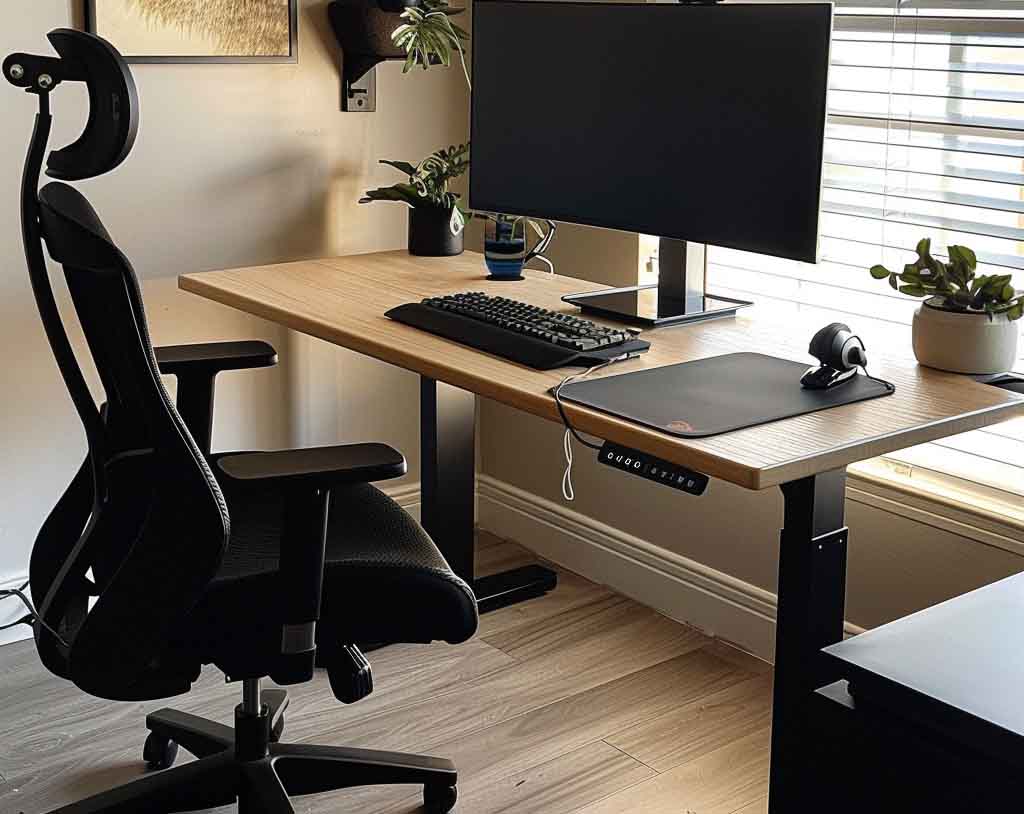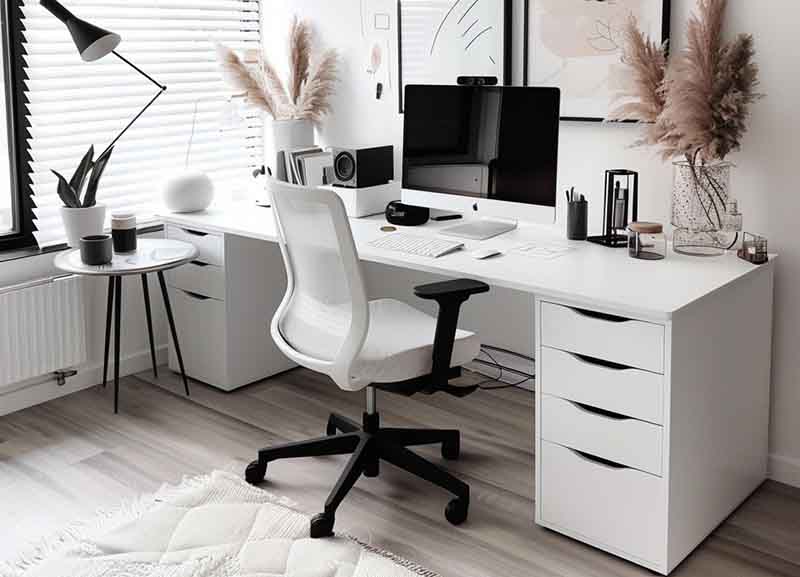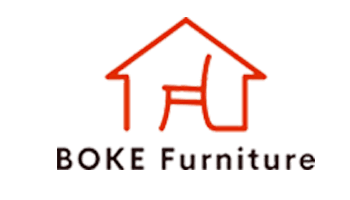In today’s rapidly evolving workplace, office furniture is more than just functional pieces; it reflects the company culture, enhances productivity, and contributes to employee well-being. As work environments continue to transform, the latest trends and developments in office furniture design are focusing on flexibility, ergonomics, and sustainability. This guide explores the current trends and innovations shaping the future of office furniture.
1. Ergonomic Designs

Advantages:
- Health Benefits: Ergonomic office furniture, including adjustable chairs, sit-stand desks, and ergonomic accessories, helps reduce the risk of musculoskeletal disorders.
- Enhanced Productivity: By promoting better posture and comfort, ergonomic furniture can lead to increased employee productivity and job satisfaction.
Challenges:
- Higher Costs: Ergonomic furniture can be more expensive, requiring a larger upfront investment.
2. Sustainable Materials
Advantages:
- Eco-Friendly Choices: Office furniture made from sustainable materials, such as recycled metals, reclaimed wood, and biodegradable fabrics, supports environmental sustainability.
- Corporate Responsibility: Using eco-friendly furniture enhances a company’s green credentials and supports corporate social responsibility initiatives.
Challenges:
- Availability and Cost: Sustainable materials may be less readily available and can sometimes come at a higher cost compared to conventional materials.
3. Flexible Workspaces

Advantages:
- Versatility: Modular furniture systems and multi-functional pieces allow for quick reconfiguration of office layouts to suit different tasks and team sizes.
- Adaptability: Flexible workspaces support various work styles, from collaborative to focused work, enhancing overall efficiency.
Challenges:
- Initial Setup: Designing and setting up flexible workspaces can require significant planning and investment.
4. Technology Integration

Advantages:
- Smart Furniture: Office furniture with integrated technology, such as built-in charging ports, wireless connectivity, and touch-screen controls, meets the needs of the modern workplace.
- Enhanced Connectivity: Integrated technology helps create a connected work environment, facilitating collaboration and communication.
Challenges:
- Maintenance and Updates: Keeping up with technology advances may require regular updates and maintenance of smart furniture.
5. Biophilic Design
Advantages:
- Connection to Nature: Incorporating natural elements into office furniture, such as plants, natural materials, and organic shapes, helps create a calming and inspiring work environment.
- Improved Well-Being: Biophilic design has been shown to reduce stress and improve overall well-being and productivity.
Challenges:
- Maintenance Requirements: Integrating natural elements can require more upkeep and maintenance, especially for live plants.
6. Minimalist Aesthetics

Advantages:
- Clean and Simple: Minimalist office furniture focuses on clean lines, simplicity, and functionality, creating a clutter-free and organized workspace.
- Timeless Design: Minimalist designs are versatile and can easily adapt to various office styles and trends.
Challenges:
- Limited Storage: The minimalist approach can sometimes lead to a lack of storage options, requiring additional planning for storage needs.
7. Acoustic Solutions

Advantages:
- Noise Reduction: Office furniture with integrated acoustic panels and sound-absorbing materials helps reduce noise levels, creating a quieter and more productive work environment.
- Privacy: Acoustic solutions provide better sound insulation, enhancing privacy for meetings and focused work.
Challenges:
- Aesthetic Integration: Ensuring that acoustic solutions fit seamlessly with the overall office design can be challenging.
8. Customizable Options

Advantages:
- Personalization: Customizable office furniture allows for personalized configurations, finishes, and features to meet specific company needs and branding.
- Unique Identity: Customized pieces can help create a unique office identity, reflecting the company culture and values.
Challenges:
- Longer Lead Times: Customizable options may require longer lead times for design and production compared to standard furniture.
9. Collaborative Spaces

Advantages:
- Encourages Teamwork: Furniture designed for collaborative spaces, such as modular seating and large worktables, fosters teamwork and idea sharing.
- Flexible Use: Collaborative furniture can be easily reconfigured for different purposes, from meetings to casual gatherings.
Challenges:
- Space Requirements: Creating effective collaborative spaces may require more space and careful planning to ensure functionality.
10. Health and Wellness Features
Advantages:
- Promotes Well-Being: Office furniture with health and wellness features, such as ergonomic seating, adjustable desks, and relaxation areas, supports employee health and well-being.
- Improves Morale: Investing in furniture that promotes wellness can improve employee morale and reduce absenteeism.
Challenges:
- Cost Considerations: Furniture with advanced wellness features can be more costly, requiring careful budgeting and planning.
Conclusion
The latest trends and developments in office furniture are focused on creating flexible, ergonomic, and sustainable work environments. By incorporating these innovations, companies can enhance employee well-being, boost productivity, and create inspiring and functional workspaces. Whether you are redesigning your office or setting up a new workspace, staying abreast of these trends will help you make informed decisions that benefit both your employees and your business.
